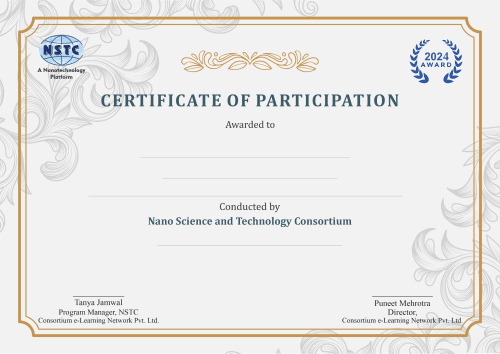
Pharmacovigilance for Drug Safety & Efficacy
Ensuring Safer Medicines, Enhancing Patient Care
The “Pharmacovigilance for Drug Safety & Efficacy” workshop offers a comprehensive overview of the systems and methodologies used to detect, assess, understand, and prevent adverse effects or other drug-related problems. Over 3 days, participants will delve into the regulatory landscape that governs drug safety, exploring both national and international guidelines. The workshop covers the lifecycle of pharmacovigilance from pre-clinical development to post-market surveillance, emphasizing critical analysis and decision-making based on real-world data.
Aim: This workshop aims to equip participants with the essential skills and knowledge to monitor and evaluate the safety and efficacy of pharmaceuticals. Through a detailed exploration of pharmacovigilance principles and practices, students will learn to identify, assess, and mitigate risks associated with drug use, ensuring public health and compliance with global regulatory standards.
- Understand the principles and scope of pharmacovigilance.
- Learn to identify and report adverse drug reactions effectively.
- Analyze risk-benefit ratios in the context of drug safety.
- Navigate the regulatory requirements for drug safety reporting.
- Apply data analysis tools and techniques in pharmacovigilance.
What you will learn?
Module 1:
Session 1: Introduction to Pharmacovigilance
● Overview of pharmacovigilance and its significance in the pharmaceutical industry
● Importance of pharmacovigilance in ensuring drug safety and patient welfare
● Regulatory frameworks and guidelines governing pharmacovigilance
Session 2: Adverse Drug Reactions (ADRs)
● Definition and classification of adverse drug reactions
● Identification, assessment, and reporting of ADRs
● Tools and techniques for ADR detection and signal management
Session 3: Pharmacovigilance Databases and Systems
● Introduction to pharmacovigilance databases and their role in data collection and analysis
● Case studies: Analyzing real-world data from pharmacovigilance databases
Session 4: Pharmacovigilance in Clinical Trials
● Role of pharmacovigilance in clinical trial safety monitoring
● Adverse event reporting in clinical trials
● Ethical considerations and patient safety in clinical research
Module 2:
Session 5: Risk Management in Pharmacovigilance
● Overview of risk management strategies in pharmacovigilance
● Risk minimization measures and their implementation
● Pharmacovigilance planning and risk management plans
Session 6: Signal Detection and Management
● Principles of signal detection and signal management
● Tools and methodologies for signal detection and assessment
● Case studies: Analyzing and managing safety signals
Session 7: Pharmacovigilance Audits and Inspections
● Overview of pharmacovigilance audits and inspections
● Preparation and compliance for pharmacovigilance audits
● Ensuring quality and regulatory compliance in pharmacovigilance
Module 3:
Session 8: Pharmacovigilance in Special Populations
● Pharmacovigilance considerations in special populations (pediatrics, geriatrics, pregnant women, etc.)
● Monitoring and reporting adverse events in vulnerable populations
● Case studies: Addressing pharmacovigilance challenges in special populations
Session 9: Pharmacovigilance Communication and Reporting
● Effective communication of drug safety information to healthcare professionals and the public
● Regulatory reporting requirements and timelines
● Practical exercises: Preparing pharmacovigilance reports and communication materials
Session 10: Emerging Trends and Future Directions in Pharmacovigilance
● Latest advancements and technologies in pharmacovigilance
● Digital pharmacovigilance and the role of artificial intelligence
● Discussion on future challenges and opportunities in pharmacovigilance
Intended For :
- Undergraduate degree in Pharmacy, Nursing, Medicine, or related health sciences.
- Professionals in pharmaceutical, biotechnology, or clinical research organizations.
- Individuals passionate about improving drug safety and patient care.
Career Supporting Skills


